Mirisbiris is a 10 hectare botanical garden and nature reserve. Come and marvel at plants and forest that are wonderful, renewable resources with a million uses. Overuse of these resources makes them disappear forever. But if we take care of them, use them slowly, and renew (re-plant) them as fast as we use them, these resources can last forever. We aim to keep Mirisbiris a sustainable environment, as it was just a few decades and centuries ago.
When we acquired the land, the forest had already been logged but there were still enough mature trees to maintain a forest ecosystem. Coconuts and fan-palm (Livistonia rotundifolia) had been cultivated. We have replanted some native species, with care to not introduce any plant that is invasive and will crowd out the native vegetation. In other parts of the garden, we demonstrate (mostly organic) farming well suited to our hilly topography.
We take pride in the variety of native and other plants in the garden, are labeling them with local and scientific names, and are delighted to meet other garden enthusiasts. Cultivated sections in the garden include orchids, gingers, heliconia, bromeliads, fragrant plants, palms, bamboos, tropical fruits and vegetables, and medicinal and culinary herbs. Think of Mirisbiris Garden as a cross between a botanical garden, a forest, a hobby garden, and a small farm. If you want to get your hands dirty in the garden, we’ll welcome your help!
Trails can take you through the garden and forest, all the way down to a small, pebbly beach. Ask at the visitor center for a copy of our map that shows the trails and, on the back, highlights of the gardens.
Other interesting facts and a simple rule for the Garden
We have a few wild animals in the Garden, and want to have more. But we don’t want to keep them in cages. This is a Nature center, not an “Unnatural” center! Of course, by far the most abundant are insects of many kinds. There are birds of various kinds which you can view at treetop level from the visitor center, and of course fish and corals just a few tens of meters offshore Occasionally, we find monitor lizards (ugot or bayawak), a snake or two, and at night, a civet (alamid). There are still a few monkeys but they are rarely seen, as they are wary of people. If you’re lucky enough to see wildlife, please leave it for everyone to enjoy!
There is a fringing coral reef just offshore from our beach, easily reachable for snorkelers and divers. It gets more silt than is healthy for a reef, but it’s still alive. Some people think it is just “rock,” but a coral reef is a colony with many different kinds of small animals (coral polyps) that secrete hard calcium carbonate “frames.” These coral reefs in turn provide habitat for colourful reef fishes.
Where a small waterfall cascades onto the beach, look closely at the rocks. You can see shapes that look like pillows – an indication to geologists that these were formed by lava flowing into the sea. When? More than 100 million years ago! Where? You might think that the volcano was right here, but geologists think that these and related rocks were formed at a “back-arc spreading ridge” — a zone behind island arcs where the crust of the earth spreads apart and fresh lava erupts to fill the void. We’re not sure exactly where this spreading ridge was, but similar rocks from Eastern Samar are thought to have originated somewhere near modern-day Papua New Guinea and Vanuatu, and were then rafted by tectonic plate motions north-northwestward. The new crust and ocean floor with pillow basalts gradually approached and collided with the Philippines. These pillow basalts were scraped off the top of the Philippine Sea tectonic plate before the rest of the plate plunged beneath the Philippines. Pretty amazing!
We are near Mayon Volcano, but safely outside the danger zone! In fact, our village, Salvación, Sto. Domingo, was so named by those who fled the 1897 eruption and moved here. There are several places in the Garden with spectacular views of Mayon Volcano, especially at the Lookout and at the Mirisbiris beach.
In order to keep the Garden and Reef in good shape for everyone, we ask that you follow a simple rule: TAKE NOTHING BUT PHOTOGRAPHS, AND LEAVE NOTHING BUT FOOTPRINTS. Please, no cutting of plants, flowers, trees, etc. , nor taking of coral, fish, sea shells, or rocks. If you want to purchase plants, we offer them at reasonable prices at the Nursery and Visitor Center, and your purchase will let us propagate replacements.


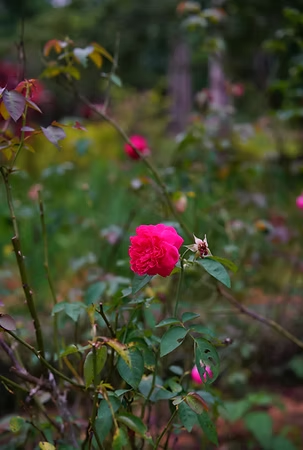




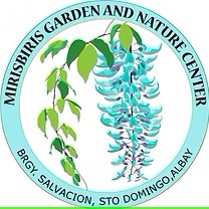
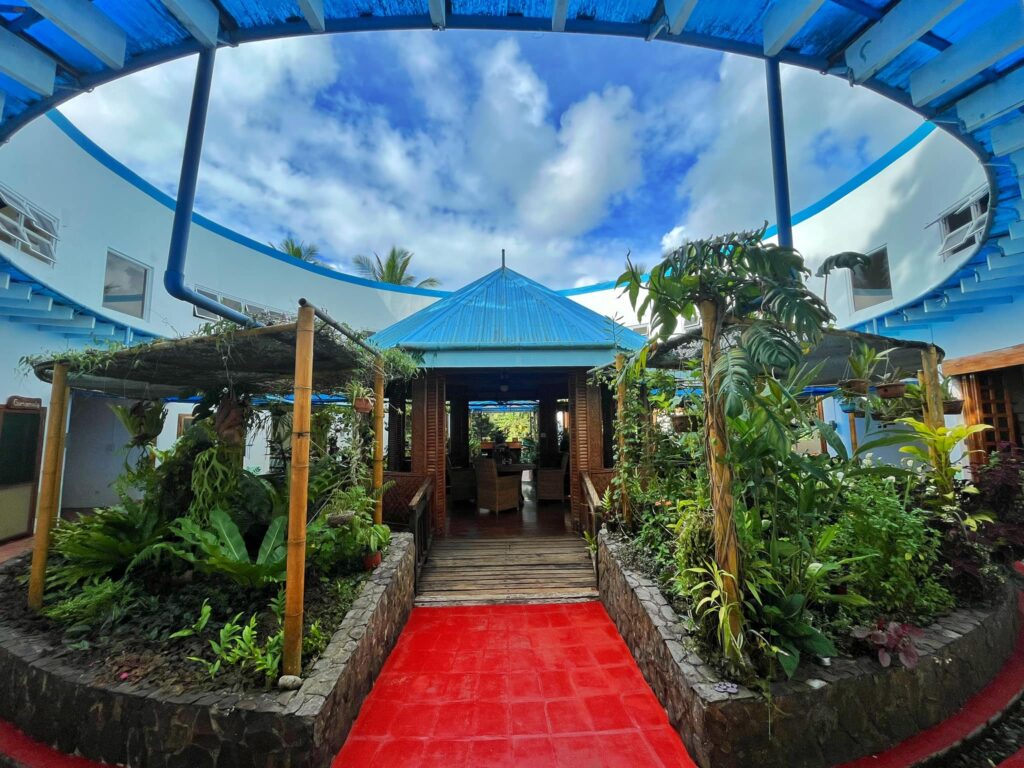
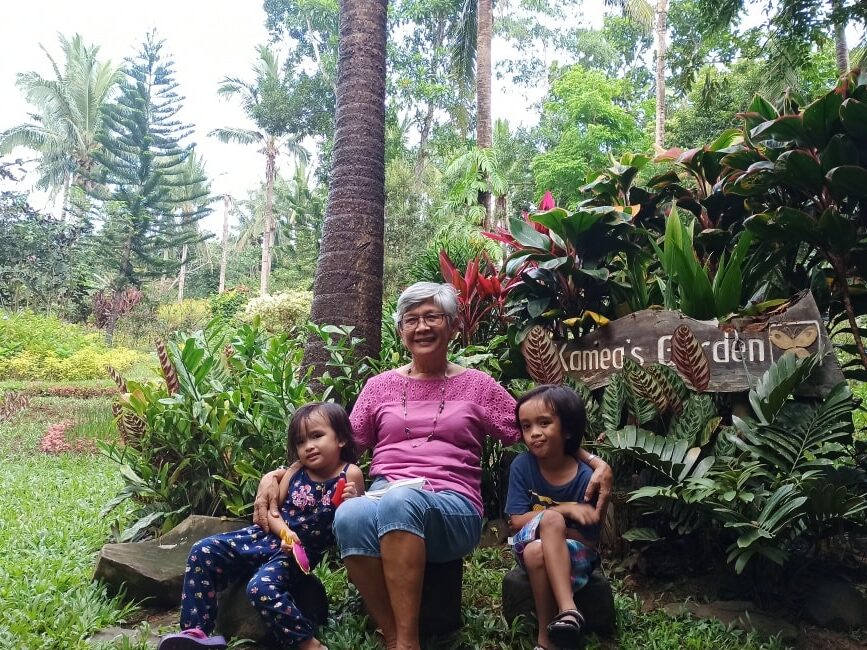
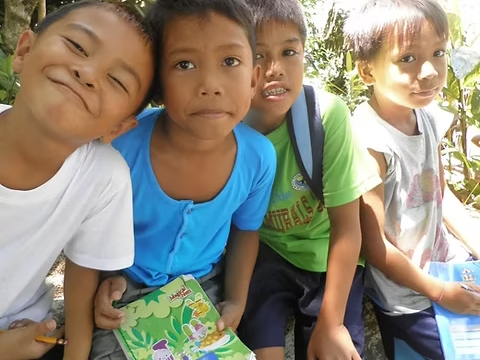
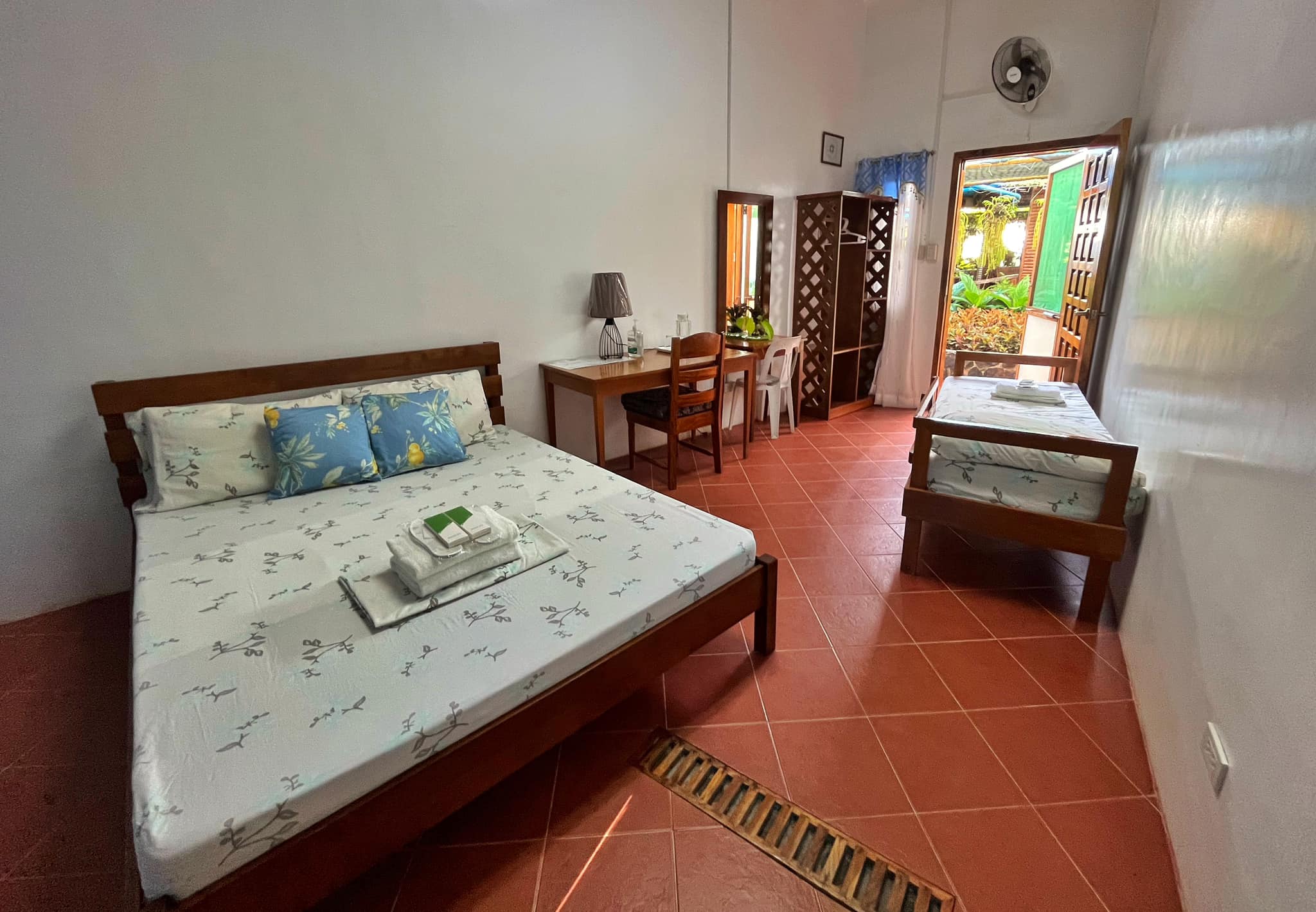

Leave a Reply